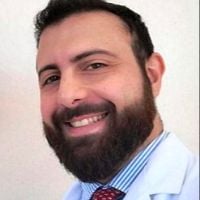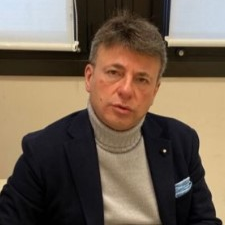Advances in Orthopedic Diseases Treatment
A special issue of Applied Sciences (ISSN 2076-3417). This special issue belongs to the section "Applied Biosciences and Bioengineering".
Deadline for manuscript submissions: 31 October 2024 | Viewed by 777
Special Issue Editors
Interests: foot and ankle; total ankle replacement; foot and ankle trauma; foot and ankle deformities; sports trauma; cartilage; foot and ankle osteoarthritis
Special Issues, Collections and Topics in MDPI journals
Interests: foot and ankle; total ankle replacement; trauma; foot and ankle deformities; sports medicine
Special Issues, Collections and Topics in MDPI journals
Interests: trauma surgery; orthopedic; hip fracture; arthroplasty; osteoporosis; bone tumors
Special Issues, Collections and Topics in MDPI journals
Special Issue Information
Dear Colleagues,
Primary and secondary osteoarthritis, post-traumatic and oncological sequelae, articular avascular necrosis, fractures and fixations, infections and osteomyelitis continue to represent challenging management problems for orthopaedic surgeons and traumatologists. Bone tissue loss or the poor quality of these clinical pictures have conditioned the operational choices in favour of more invasive and sometimes disabling interventions. Often, the poor quality or quantity of bone substance do not allow standard prosthetic devices to be implanted, or large amounts of cadaveric or autologous bone grafts are required, with related risks and complications.
Today, thanks to technological improvements and research related to planning and production, novel treatment options are coming to the aid of operators by making available different tools, protocols and strategies.
We are proud to present this fascinating Special Issue of Applied Sciences dedicated to “Advances in Orthopedic Diseases Treatment”.
The aim of this Special Issue is to share the personal experiences of groups and authors currently working on articular and periarticular implantology, traumatology and orthopaedic oncology, their perspectives with regard to the opportunities and limits in this field, and the results obtained and the problems that have arisen. This will be conveyed via the submission of high-impact research articles that are of interest to the orthopaedic community.
Dr. Silvio Caravelli
Dr. Massimiliano Mosca
Dr. Carlo Perisano
Guest Editors
Manuscript Submission Information
Manuscripts should be submitted online at www.mdpi.com by registering and logging in to this website. Once you are registered, click here to go to the submission form. Manuscripts can be submitted until the deadline. All submissions that pass pre-check are peer-reviewed. Accepted papers will be published continuously in the journal (as soon as accepted) and will be listed together on the special issue website. Research articles, review articles as well as short communications are invited. For planned papers, a title and short abstract (about 100 words) can be sent to the Editorial Office for announcement on this website.
Submitted manuscripts should not have been published previously, nor be under consideration for publication elsewhere (except conference proceedings papers). All manuscripts are thoroughly refereed through a single-blind peer-review process. A guide for authors and other relevant information for submission of manuscripts is available on the Instructions for Authors page. Applied Sciences is an international peer-reviewed open access semimonthly journal published by MDPI.
Please visit the Instructions for Authors page before submitting a manuscript. The Article Processing Charge (APC) for publication in this open access journal is 2400 CHF (Swiss Francs). Submitted papers should be well formatted and use good English. Authors may use MDPI's English editing service prior to publication or during author revisions.
Keywords
- traumatology
- osteoarthitis
- infections
- oncology
- orthopaedics







